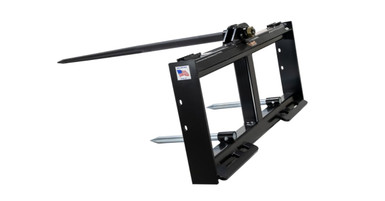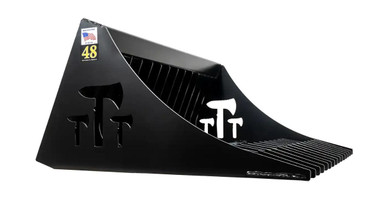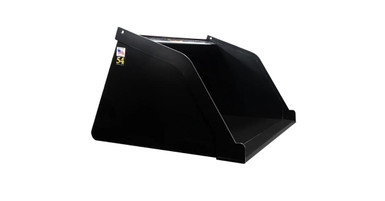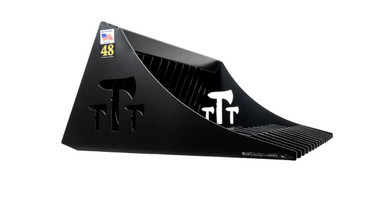Dec 19th 2025
Blog
Clearing land presents a massive challenge for property owners and contractors alike. Overgrown vegetation, fallen trees, and stubborn underbrush require significant effort to remove. Manual labor tak
…
Dec 19th 2025
Why Hay Spears Are Essential for Small Farm Owners
For small farm owners, equipment that saves time and boosts efficiency is essential for smooth operations. This is especially true when it comes to managing heavy hay bales. A hay spear attachment tur
…
Dec 12th 2025
How To Choose the Right Attachment for Your Dingo Skid Steer
Dingo skid steers pack immense power into a small frame, allowing operators to access tight backyards and navigate narrow fence gates that larger skid steers simply cannot reach. However, the machine
…
Dec 8th 2025
Using Skid Steer Sprayers for Weed and Pest Control
Property maintenance demands efficient solutions for managing unwanted vegetation and pest problems. Skid steer sprayers offer operators a powerful combination of mobility, precision, and coverage tha
…
Dec 1st 2025
Why Snow & Mulch Buckets Are Ideal for Property Maintenance
Property maintenance requires the right equipment to handle seasonal challenges and landscaping projects efficiently. Snow and mulch buckets stand out as versatile attachments that simplify tasks thro
…
Nov 25th 2025
10 Best Rock Bucket Tips for Homeowners With Acreage
Managing acreage comes with a unique set of challenges, and clearing rocks is often at the top of the list. A property dotted with stones, boulders, and debris can hinder landscaping projects, damage
…






